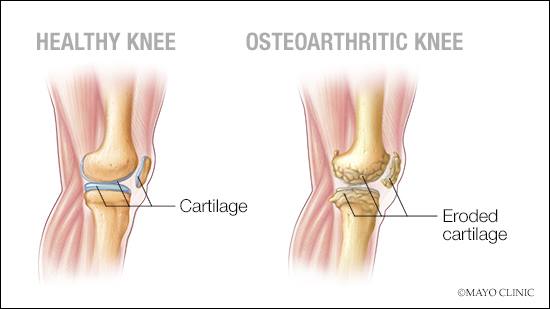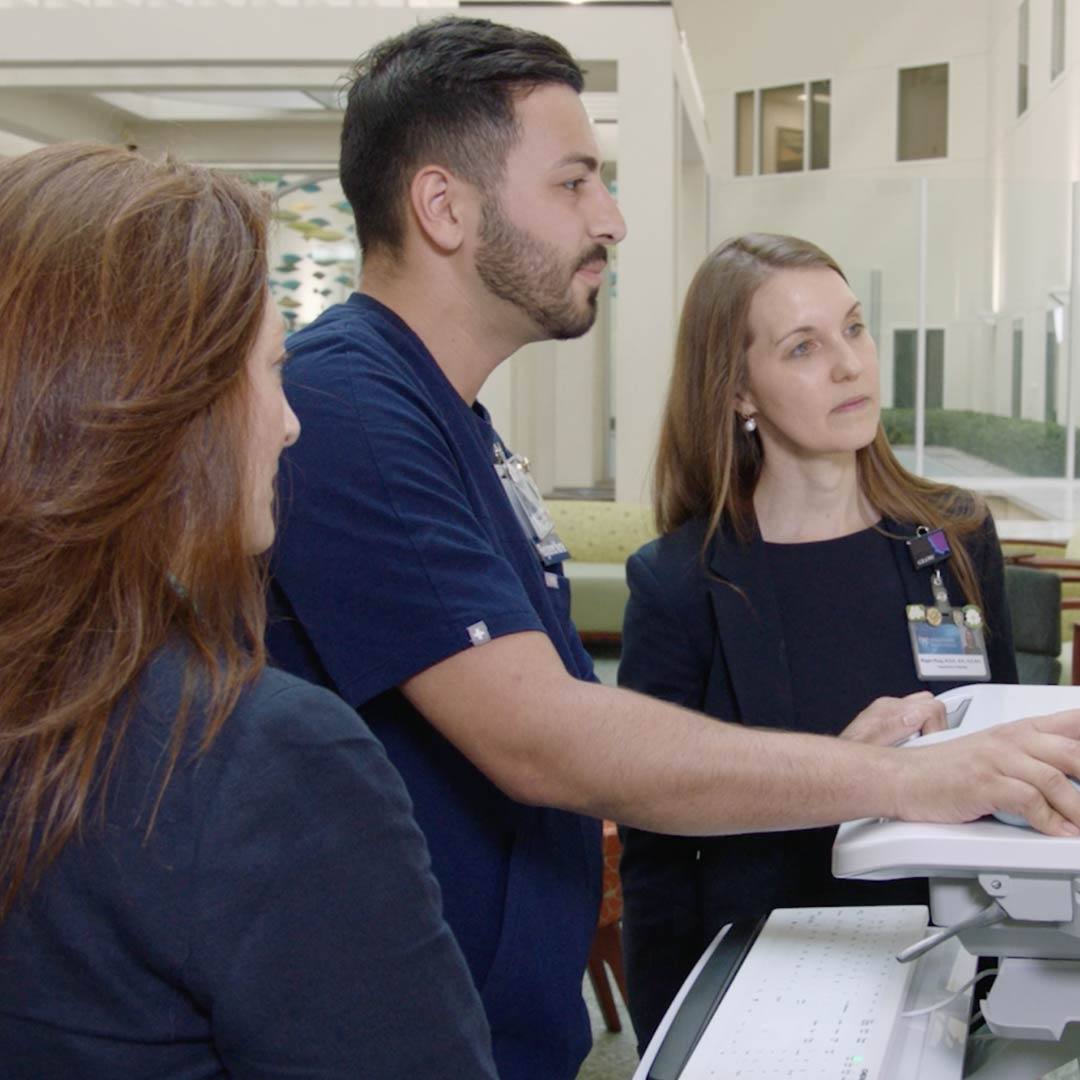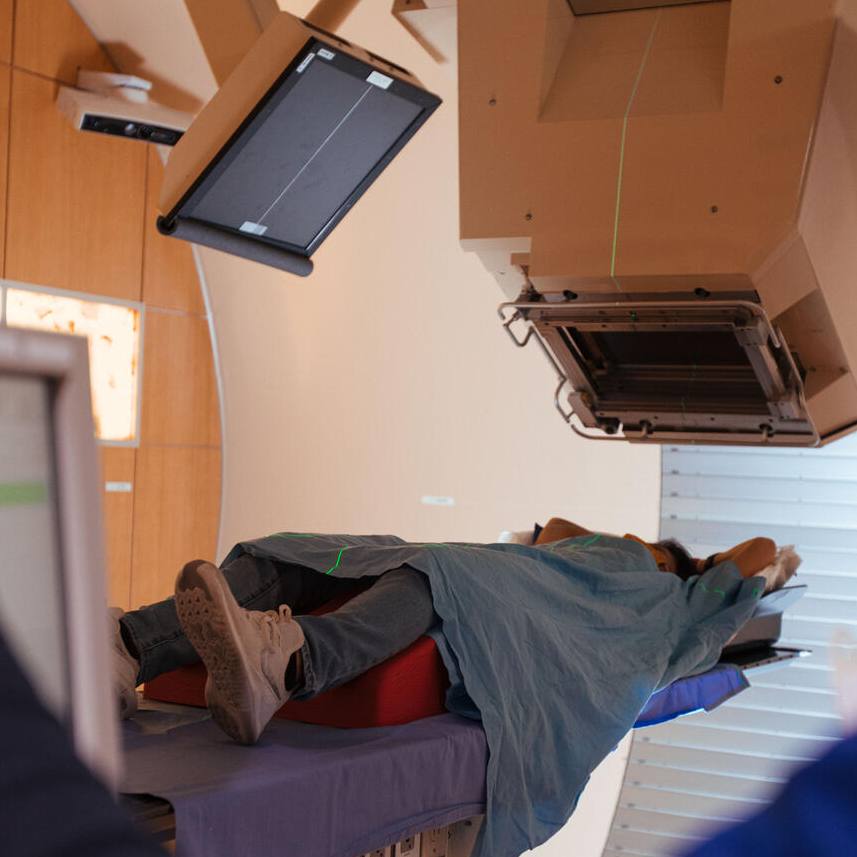
An aging population drives the global demand for knee replacement surgery, exceeding 1 million procedures annually. In the U.S. alone, the need for knee replacements is projected to grow by 673%, reaching approximately 3.48 million procedures by 2030, according to a 2007 study.
Dr. Charles Hannon, a Mayo Clinic orthopedic surgeon, says that Mayo Clinic is at the forefront of total knee replacement innovation, developing advanced tools and delivering precision robotic surgery to patients.
Journalists: Broadcast-quality video pkg (1:10) is in the downloads at the end of the post. Please courtesy: "Mayo Clinic News Network." Read the script.
Knee replacement surgery is often done to relieve severe pain from wear-and-tear arthritis.

Advantages of robotics for knee replacement surgery
Robotic surgery has many advantages.
"It allows for better reproducibility, more accuracy and precision as you're performing the surgery, reducing some of the human variability that will be there as we perform the surgery with manual instrumentation," says Dr. Hannon.
Robotics serve as a valuable tool that can aid in the presurgical stage, says Dr. Hannon.
"In certain systems, it allows us with a CT scan to better identify the patient's anatomy and to plan the patient's surgery in real time before we get into the operating room," he says.
Doctors can then individualize surgery to the patient's needs.

"It allows us to make very nice, fine-tuned adjustments within half a degree and within half a millimeter of the implant position to optimize the patient's function," says Dr. Hannon.
He says robotics provide real-time data on knee function during surgery — and the use of data extends beyond the operating room with remote patient monitoring.
"We can monitor a patient's progress after surgery, identify a patient who may be struggling and then hopefully can change their recovery trajectory after surgery to better improve their outcome," says Dr. Hannon.
Related posts:
- Mayo Clinic Minute: What to know about aging and joint replacements
- Mayo Clinic expert offers tips on how to keep joints healthy as you age
- Patient resumes active life after knee surgeries







